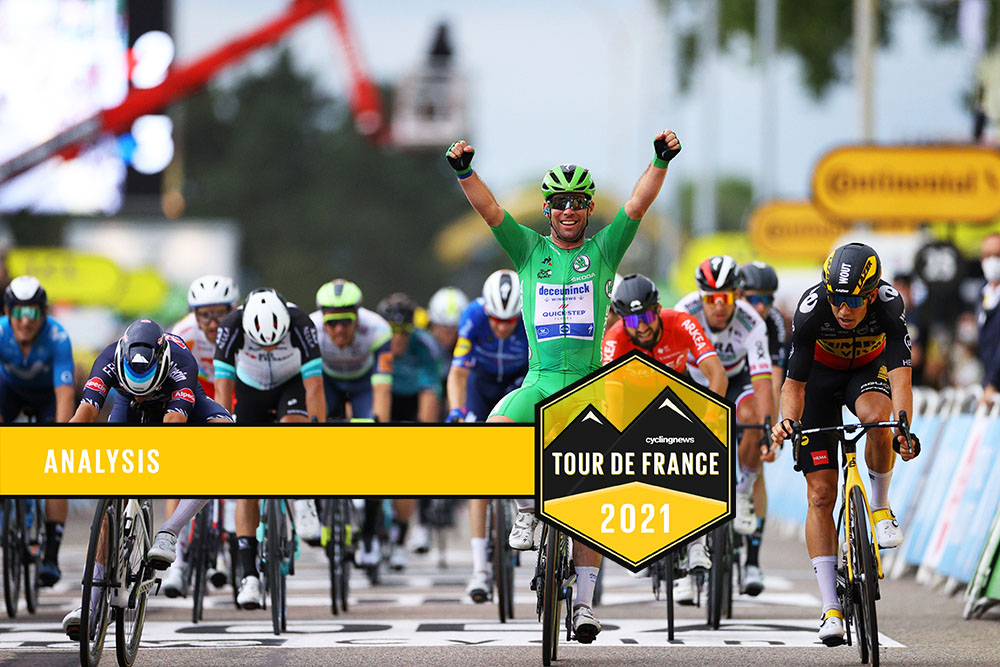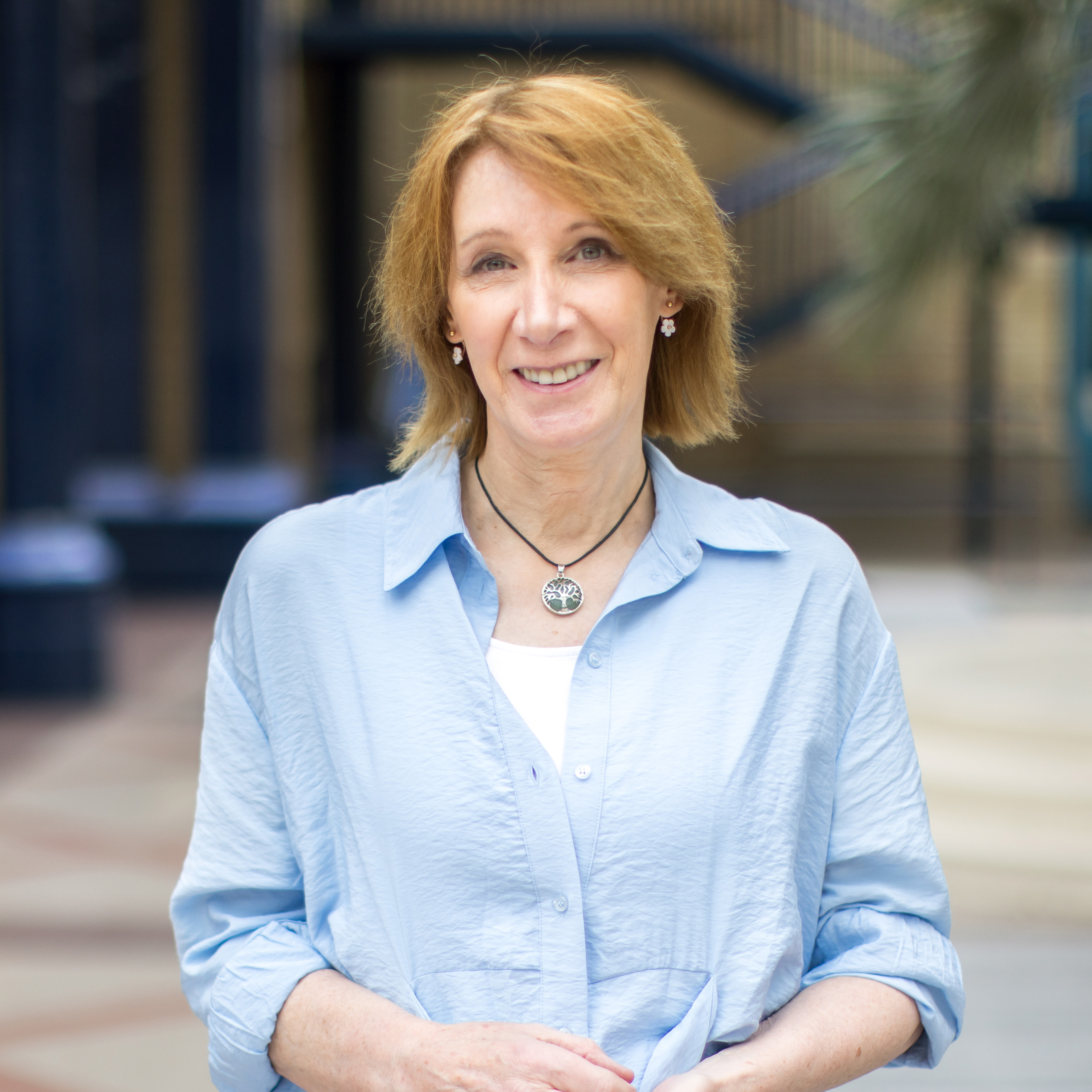Philippa York: Ineos head for Tour de France disaster but Cavendish has his sparkle back

Fifteen stages into the 2021 Tour de France and it’s a very welcome second rest day for the survivors in the peloton. The carnage that occurred in the opening stages has been replaced through the second week by an assault on the constitution of everyone, with an uncomfortable mix of weather, speed and relentless competition.
So, although Andorra might be famous for tax-free shopping, I somehow doubt that there’ll be many riders walking round the various outlets in search of a bargain. In fact, given how hilly it is in the Principality I wouldn’t be surprised if a few teams got into the cars and went to find somewhere flatter for a more gentle spinning of the legs.
At this stage of the race you would think that would be compulsory but there are a lot of tired bodies and inactive recovery might be a better choice for those who are suffering big time.
The major conclusion to be made is that for each day that passes for Tadej Pogačar the likelihood of him being unseated from the race lead looks more and more unlikely. His minor moment of weakness on the second ascent of Mount Ventoux on stage 11 has largely been recovered from and since then there hasn’t appeared to be anything that really troubled the yellow jersey wearer.
Other than the odd occasion where he’s had to move up on his own in the final kilometres during the windswept days, there’s been nothing much to note in terms of threats.
It’s also become quite clear that Jonas Vingegaard is willing to take the race to last year’s champion and that is despite being left to his own devices a number of times whilst his more illustrious Jumbo-Visma teammates chase stage victories. Now that the Dutch squad have their minimum of two wins they can fully concentrate on securing one of the podium spots with the young Dane because his performances so far make that a distinct possibility.
The final steep climb of the Col de Beixalis before the plunge down into Andorra on stage 15 showed who the strongest four GC riders were, namely Pogacar, Vingegaard, Urán and Richard Carapaz. The latter having the luxury being set-up by Ineos in a textbook display of tactics.
Get The Leadout Newsletter
The latest race content, interviews, features, reviews and expert buying guides, direct to your inbox!
However, he’s up against rivals who are a match for his current climbing prowess and all of them will take seconds if not minutes from him on the penultimate day’s time trial. Therefore the ‘expect the unexpected’ statement seems at odds with what has happened when Ineos have tried to put pressure on UAE and Pogačar because the Team Sky-esque style of setting a high tempo and then unleashing the chosen leader to administer the coup de grâce isn’t working nowadays.
All it’s doing is tiring their own riders and removing options of future stage wins. Carapaz isn’t going to sneak into a break anytime soon and if any of the others do then they’ll need to be fresh enough to finish off an opportunity.
It might not be what Dave Brailsford and his directeurs sportifs planned for the squad when they arrived in Brittany but another year without anyone on the podium in Paris it seems the likely result, and given the budget and the manpower available this is fast approaching a disaster.
They salvaged something from 2020 edition with Michał Kwiatkowski’s stage win, though it’s hard to see how they’ll do that again when the guys with any kind of potential freedom are used up in a GC play that isn’t going their way. Riding to move up over Ben O’Connor and Guillaume Martin when it’s more than likely they’ll crack anyway as a result of previous exertions is scant reward.
Luckily the real story of this Tour is the return of Mark Cavendish to winning ways. Surprised by his Châteauroux success we might have been but it’s not been that surprising that he has then backed that up with three more sprint victories and he looks solid in the points classification lead. It’s not because Merlier, Sagan and Ewan are no longer in the race – no, it’s that he’s riding in a manner that maximises his chances.
He has the best lead-out train at Deceuninck-QuickStep and they’ve been getting him through the mountain stages, but everywhere else he’s been where he needs to be. Watch the echelon stages again and you’ll notice he’s there in the right positions.
That’s meant that he’s been lucid enough in the final 200 metres to use his strength and experience to devastating effect is a logical consequence. The sparkle has returned and that, more than all the talk of records, is what ultimately matters.
Philippa York is a long-standing Cyclingnews contributor, providing expert racing analysis. As one of the early British racers to take the plunge and relocate to France with the famed ACBB club in the 1980's, she was the inspiration for a generation of racing cyclists – and cycling fans – from the UK.
The Glaswegian gained a contract with Peugeot in 1980, making her Tour de France debut in 1983 and taking a solo win in Bagnères-de-Luchon in the Pyrenees, the mountain range which would prove a happy hunting ground throughout her Tour career.
The following year's race would prove to be one of her finest seasons, becoming the first rider from the UK to win the polka dot jersey at the Tour, whilst also becoming Britain's highest-ever placed GC finisher with 4th spot.
She finished runner-up at the Vuelta a España in 1985 and 1986, to Pedro Delgado and Álvaro Pino respectively, and at the Giro d'Italia in 1987. Stage race victories include the Volta a Catalunya (1985), Tour of Britain (1989) and Critérium du Dauphiné Libéré (1990). York retired from professional cycling as reigning British champion following the collapse of Le Groupement in 1995.
